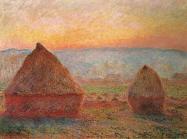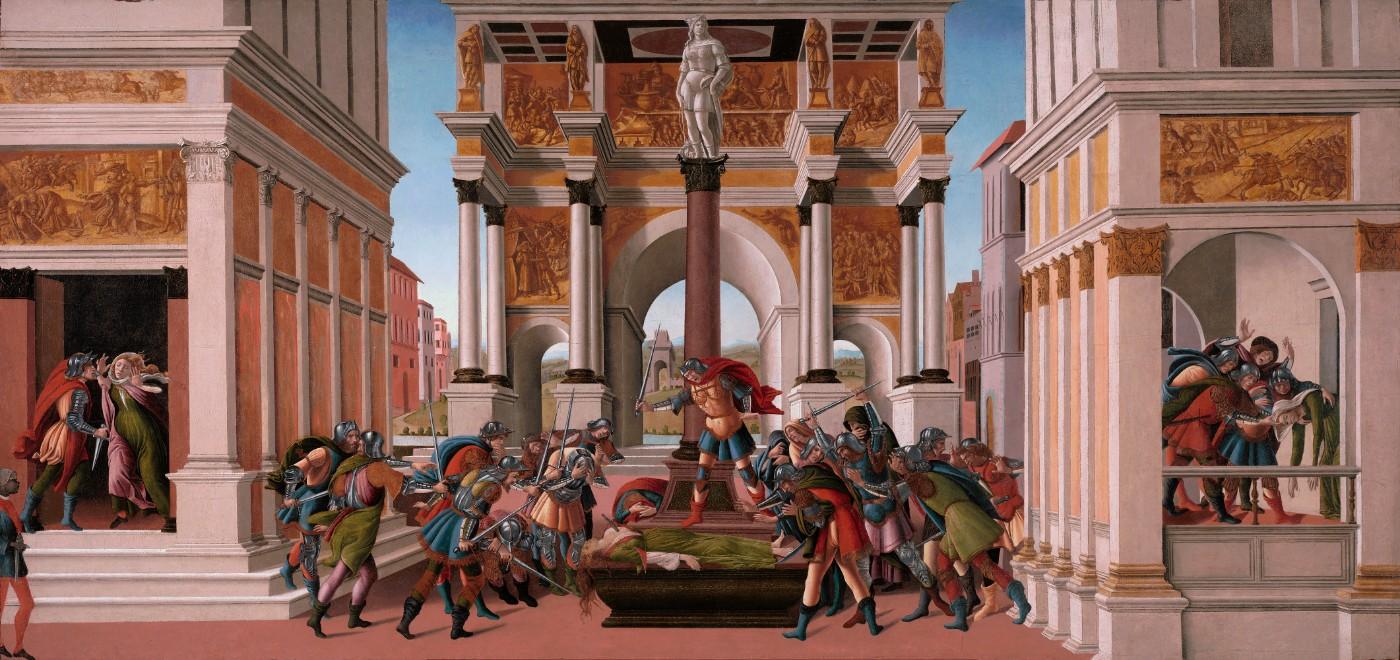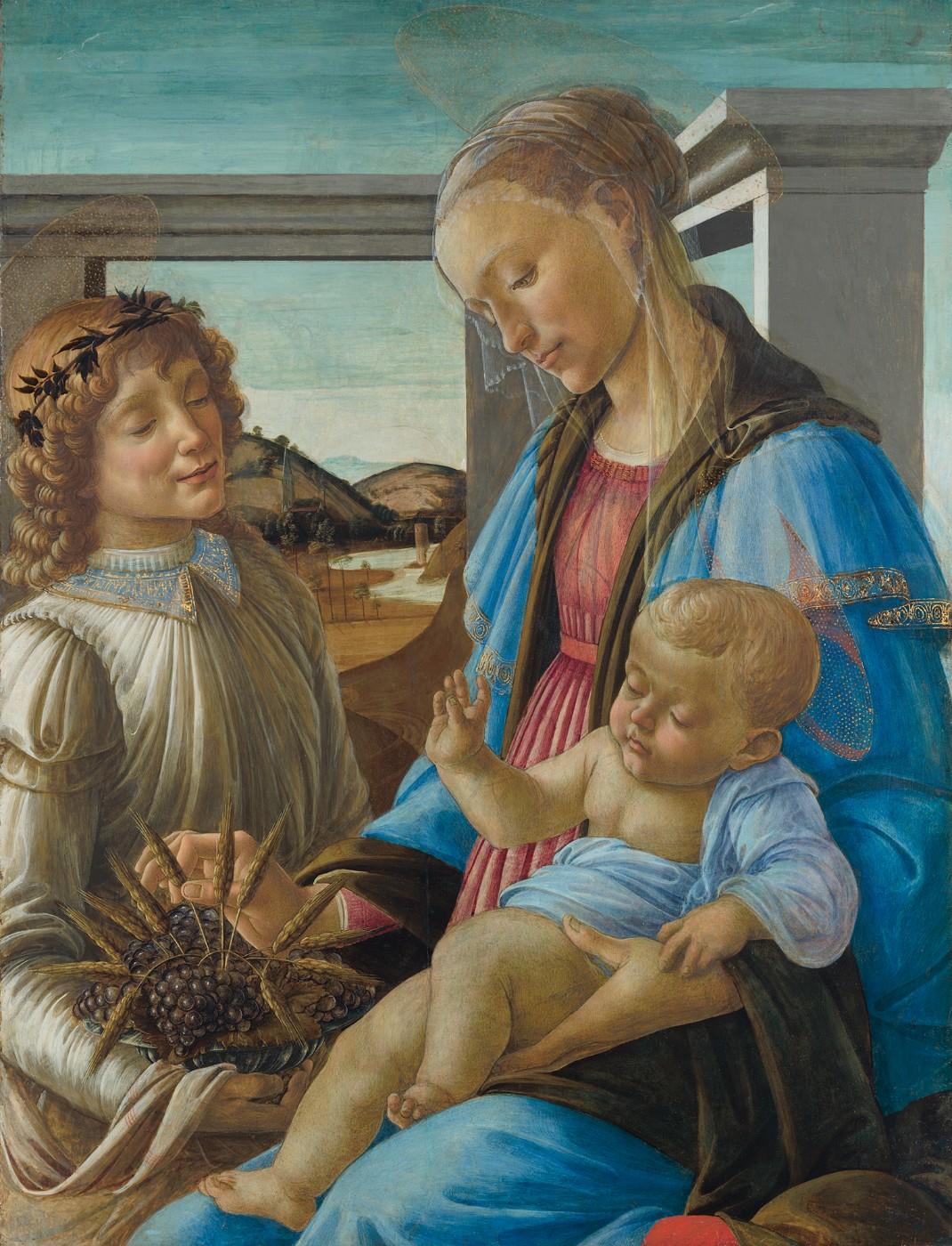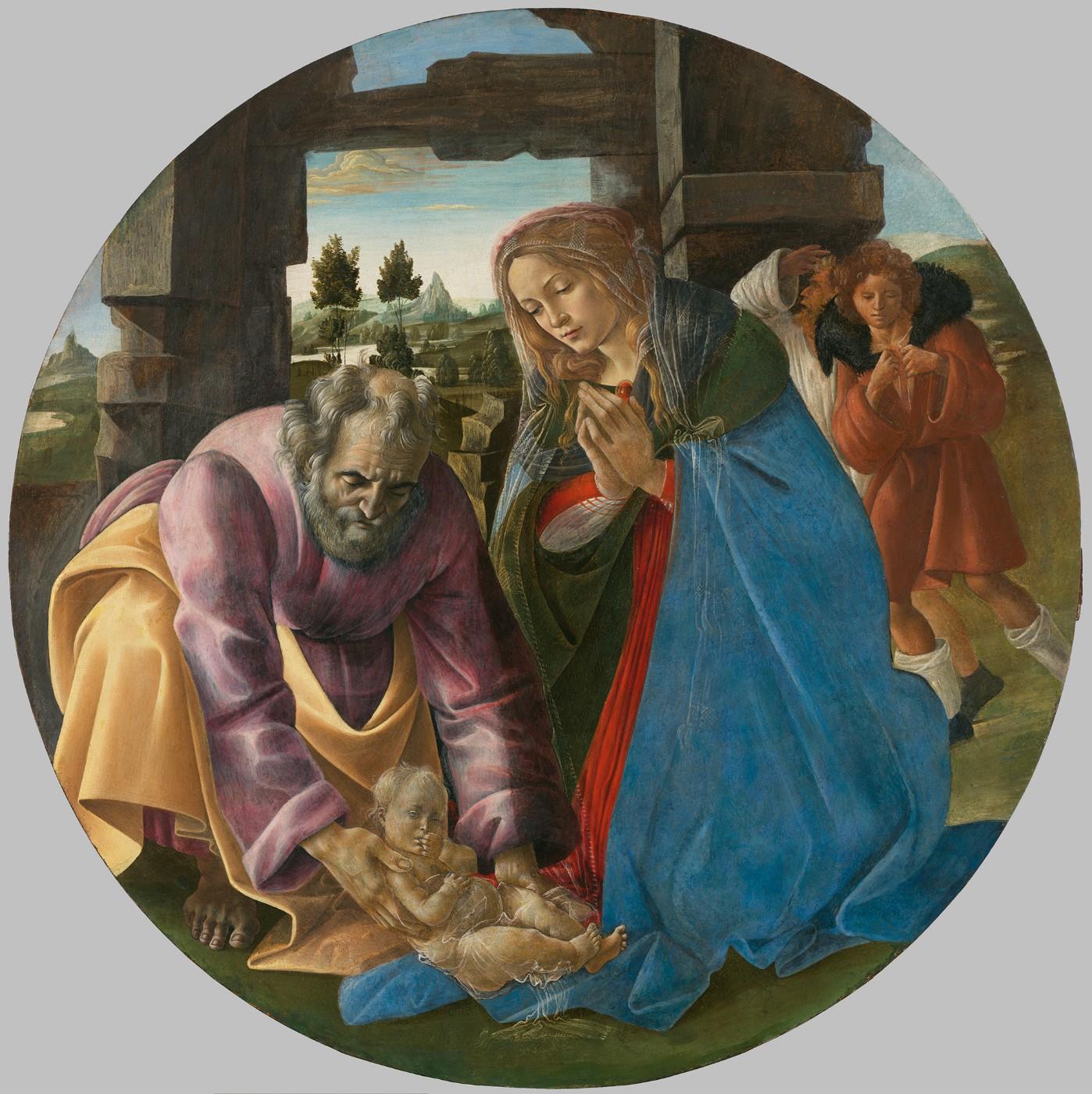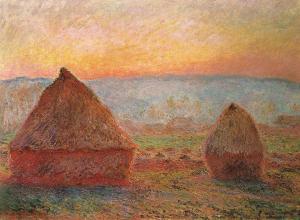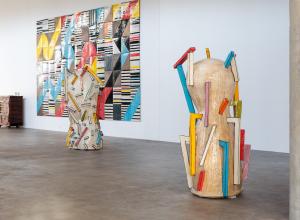Considered one of the most renowned artists of the Renaissance, Botticelli (about 1445-1510) was sought after by popes, princes, and prelates for paintings to decorate Italian churches. His Medici-era madonnas elevated Botticelli to a household name in Gilded Age Boston. Yet the painter achieved iconic status through his secular paintings for domestic interiors – like the Primavera. All of the works in the Gardner’s exhibition originally filled the palaces of Florence, adorning patrician bedrooms with sophisticated modern spins on ancient tales.
Botticelli: Heroines + Heroes is the first-ever exhibition dedicated to Botticelli’s spalliera, a new genre of domestic painting. Deriving from the Italian word spalla or shoulder, the name indicated the height at which Renaissance viewers experienced these captivating images. As the leading painter of Florence, Botticelli looked to the city’s legendary past for heroines and heroes whose lives he reimagined to deliver political, patriotic and moralizing messages into the residences of the Florentine elite.

